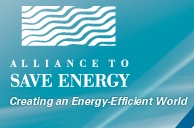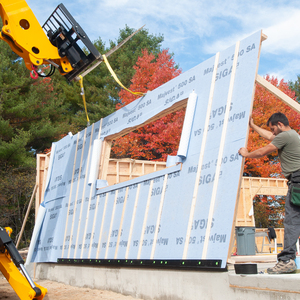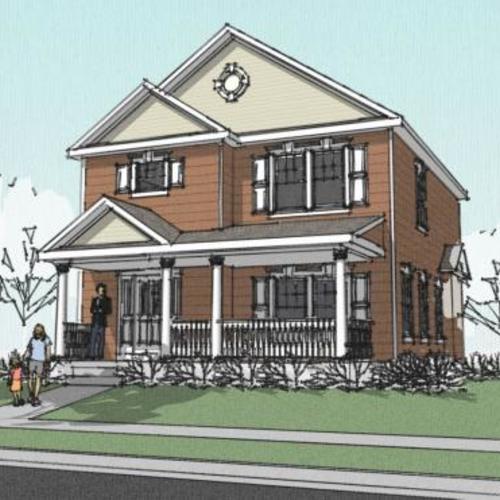
Those of us following the regional progress of weatherization funding might have consulted the Alliance to Save Energy’s website for guidance on how Weatherization Assistance Program grants were being allocated.
But the ASE, a coalition of business, government, environmental, and consumer groups that promote energy efficiency, has also been busier than all get-out helping to muster support for what will probably be the most potent force for green construction and its environmental benefits: strong building codes.
ASE is one of the cofounders of the Building Energy Efficient Codes Network, whose launch was announced on Tuesday. Included among BEECN’s core membership are Jim Rogers, chairman, president, and CEO of Duke Energy and co-chair of the Alliance Board of Directors; Faren Dancer, owner of homebuilding firm Sundancer Creations and president of the Santa Fe Builders Association; Marty Durbin, vice president of federal affairs for the American Chemistry Council; David Terry, executive director of the National Association of State Energy Officials; and Wesley Warren, director of programs for the Natural Resources Defense Council.
Basically, BEECN is lobbying for national legislation that would require a series of energy-efficiency improvements over 2006 International Energy Conservation Code: a 30% increase in energy efficiency for all new residential and commercial buildings starting in 2010, a 50% increase by 2014, and a net-zero-energy standard by 2030.
Advocacy and resources
The group says the legislation also should allow code bodies, states, and localities the first opportunity to propose and adopt codes that meet or exceed the minimum requirements, and should provide states and localities with resources to implement, administer, and enforce the code.
No surprise that BEECN favors the American Clean Energy and Security Act (H.R. 2454, and its substitute amendment H.R. 2998), which recently passed the House, as strongly as the National Association of Home Builders and the National Association of Realtors oppose it on the grounds that, as the NAHB puts it, it moves toward tougher code requirements “too far, too fast.”
The reality is, though, building code requirements are all over the map, 14 states don’t even have statewide minimum requirements for residential construction, and, in areas where inspection departments are understaffed, energy-efficiency code requirements often take a backseat to safety requirements.
BEECN’s plan to push for a federal energy code that will serve as a “backstop” if states do not meet code targets on their own is probably a good idea. And the timing is right.
Weekly Newsletter
Get building science and energy efficiency advice, plus special offers, in your inbox.















0 Comments
Log in or create an account to post a comment.
Sign up Log in